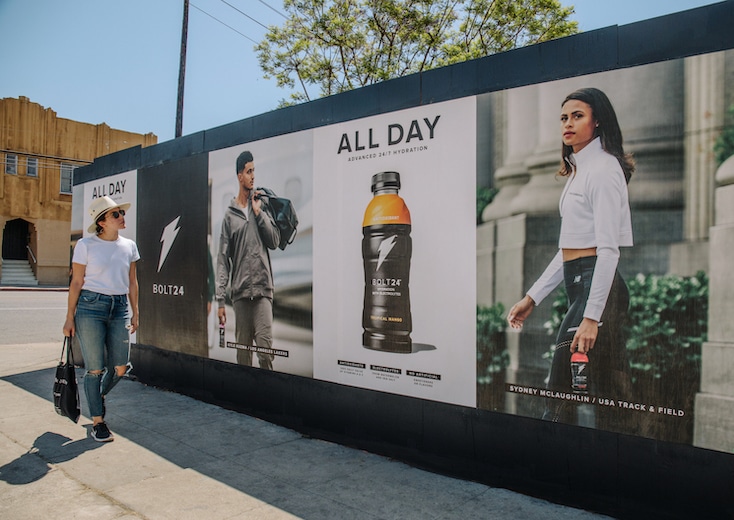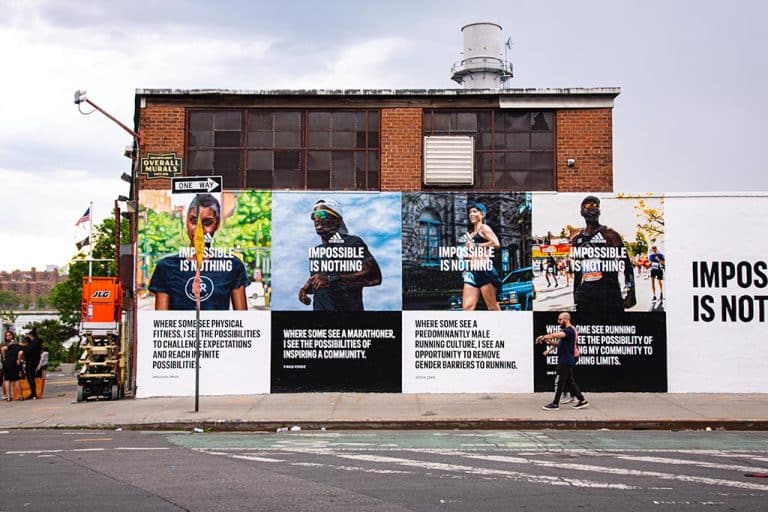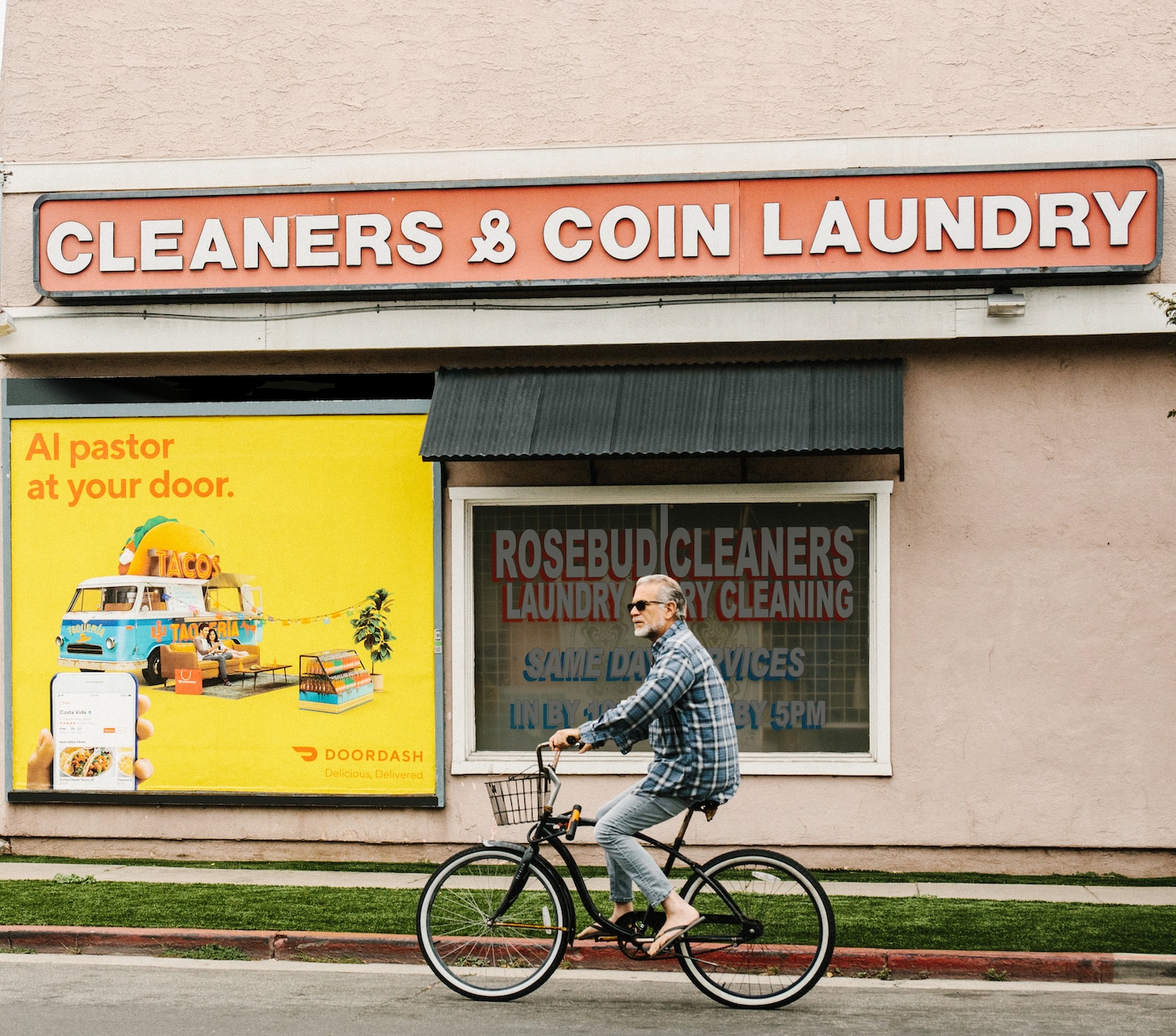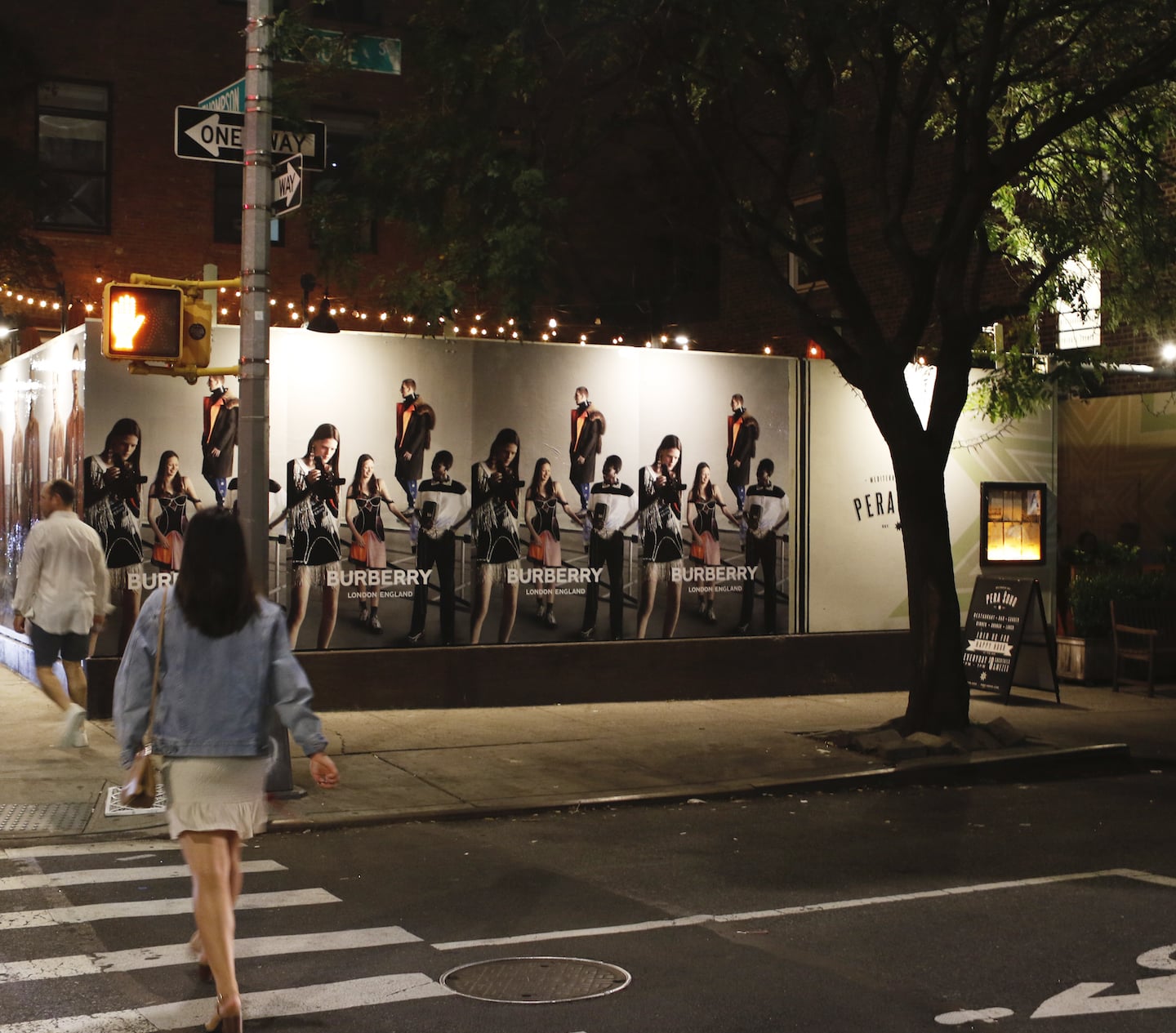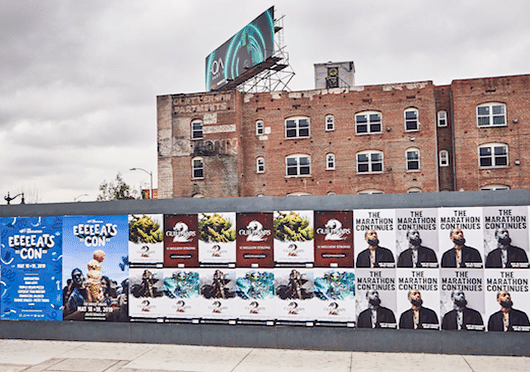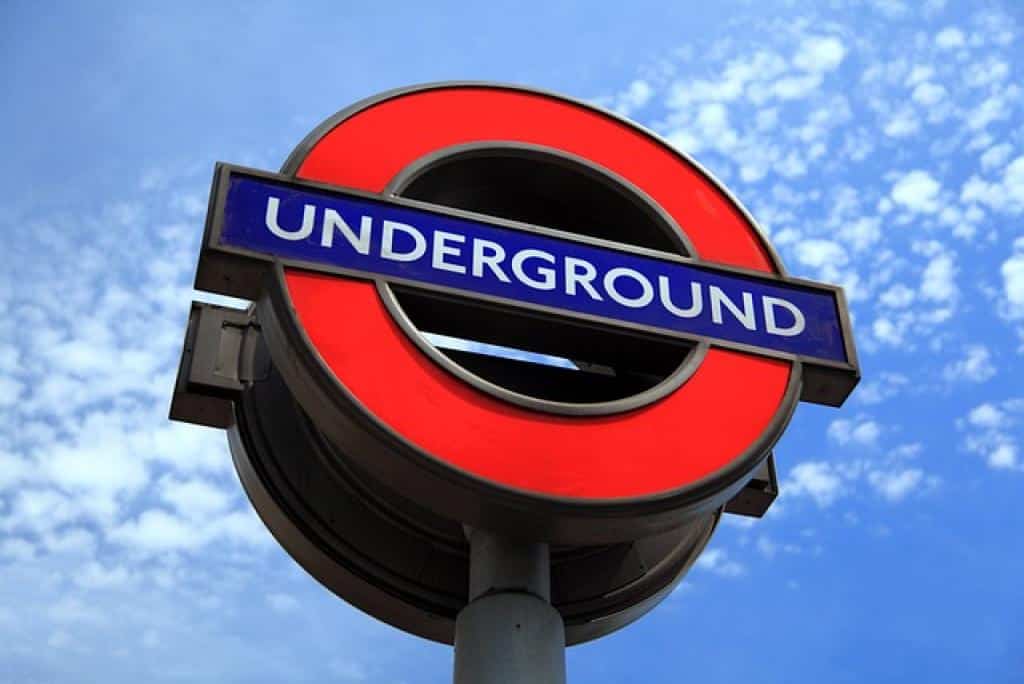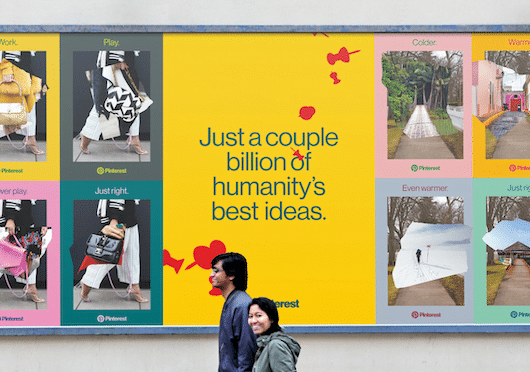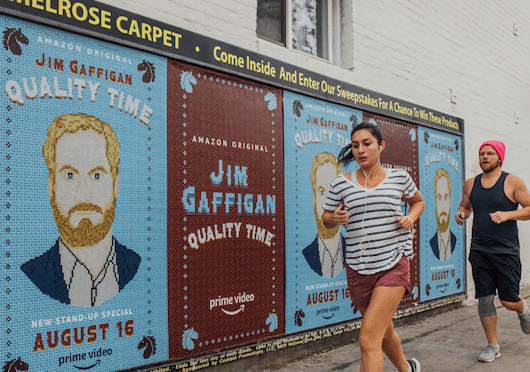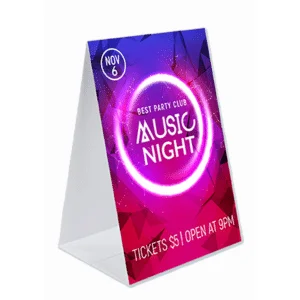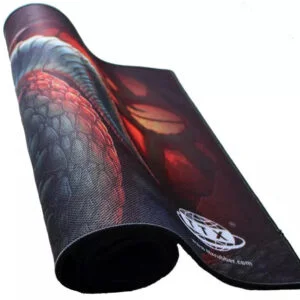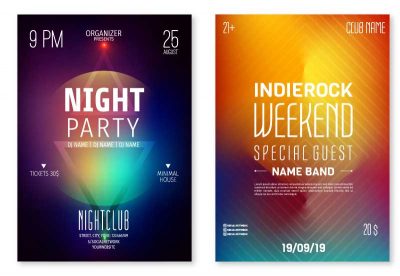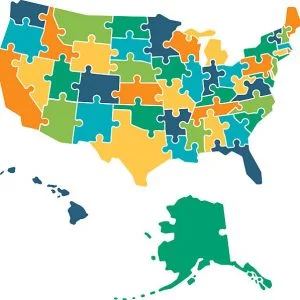Wheatpaste Poster
Ever walked through a city and noticed those cool, DIY street posters that seem to stick to walls like magic? They’re not just random decorations; they’re wheatpaste posters! These posters are everywhere, from urban alleys to trendy neighborhoods, adding character and messages to our public spaces.
Wheatpaste poster art is a unique blend of creativity and activism. The process is simple but incredibly effective: combining flour, water, and sometimes sugar, artists create a sticky paste that adheres paper to nearly any surface. The simplicity is part of the appeal—anyone can make and use wheatpaste!
This form of street art and advertising has an exciting history and a strong connection to counterculture movements. From promoting underground music scenes to delivering powerful political messages, these posters have been a voice for the voiceless.
Interested in creating your own wheatpaste street poster? Stick around as we explore its origins, provide a step-by-step guide, and share some tips.
Whether you’re a advertising agency or just curious, there’s something intriguing about the art of wheatpaste Also Know As Street Posters.
Wild Posting and Advertising
Wheatpaste posters aren’t just for artsy expression—they’re also a guerrilla marketing tool! Wild posting, a technique where posters are placed in high-visibility locations, uses wheatpaste to plaster advertisements in spots where traditional ads might not reach. This unconventional method breaks through the clutter of typical, highly regulated advertising spaces, offering an unfiltered and often more memorable brand interaction.
Wild posting Also Know As Flyposting, thrives on its element of surprise and raw appeal. Picture walking through a bustling cityscape and suddenly encountering a vivid poster for a new album, a blockbuster movie, or an exciting local event. It’s these unexpected visuals, often layered and weathered, that pull your attention immediately and hold it. There’s a raw, authentic energy to wheatpaste posters that traditional ads just can’t replicate.
Moreover, wild posting aligns perfectly with urban culture and the millennial and Gen Z aesthetic, making it especially appealing for brands targeting these demographics. The transient and ever-changing nature of wheatpaste posters means they can be updated frequently, ensuring that the message stays fresh and relevant. This flexibility is invaluable for campaigns that need to adapt quickly to market trends or new product launches.
For businesses, especially those on a tight budget or seeking a rebellious, edgy image, wild posting offers a high-impact yet cost-effective strategy. It delivers the brand right into the everyday environment of potential customers, seamlessly weaving into the urban fabric rather than standing apart from it. The raw appeal and human touch make these posters not just advertisements, but part of the street narrative.
So next time you spot a wheatpaste poster promoting an upcoming gig, a local brand, or even a political message, remember: it’s not just a poster—it’s a slice of modern marketing genius, merging creativity with strategic guerrilla advertising.
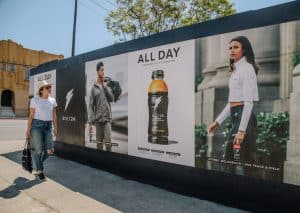
Permit Requirements for Installing Wheat Posters
Before you grab that paste and start posting, it’s crucial to know the rules. While wheatpaste posters can be an exciting way to share art and messages, installing them isn’t always a free-for-all.
First, understand that laws vary widely by location. In many cities, plastering posters on public property or private buildings without permission is considered vandalism. Penalties can range from fines to community service, and even worse, it might tarnish your reputation as an artist.
However, some cities have designated areas for street art where you can freely express yourself. In these zones, you might need to apply for a permit or go through a simple approval process. Cities like Austin and Portland, renowned for their vibrant street art scenes, often encourage this creative outlet.
For commercial purposes, the bar is set even higher. Businesses planning to use wheatpaste posters for advertising should always seek proper permissions. Advertising in unauthorized spots can lead to significant legal hassles and potential fines.
So, do a little research first! A quick check with your local government or art commission can save you a lot of trouble. Plus, you’ll be doing your part to support and grow a respectful and legal art community.
When you’re diving into the permitting process, get specific. Look up regulations for posting on:
- Public Property: Many municipalities have strict rules about what can be posted and where. Public spaces like bus stops, parks, and government buildings are often off-limits without explicit permission.
- Private Property: Even if it looks like a perfect spot for your poster, slapping one up on someone’s property without their go-ahead can get you into hot water. Always seek the owner’s consent to avoid potential issues.
- Designated Art Spaces: Some cities have graffiti-friendly zones where artists can freely express their creativity. Check with local arts organizations to find out if there are legal walls or art projects you can join.
- Utility Poles and Boxes: These common posting spots may seem like fair game, but they often fall under strict regulations. Utility companies or the city might take down your work or fine you for posting here.
By paying attention to these details, not only do you avoid legal woes, but you also respect the communities and spaces you’re hoping to enhance with your art. So, paste wisely and keep the art scene thriving!
Ready to take your marketing to the next level?
Call us today or visit our website to learn more about our large format printing services. We’ll help you create a poster that’s as big as your imagination!
P.S. Don’t forget to ask about our special introductory offer for new customers!
Call to action:
- Visit our website
- Get a free quote
- Contact us today

About Out Wheatpaste Poster Printing Price Calculator
Discounts are calculated according to the dimensions and the total number of individual prints ordered. This means that the size of each print and the quantity of prints you purchase automatically determine the applied discounts.
To upload multiple images for printing, you have two options: either combine the images into one file containing both sides, or choose two separate images during the upload process. To expedite your ordering process, it is important to note that uploading multi-page PDFs requires quantity selection to match number of pages in your PDF document.
To upload a PDF or an image file, navigate to the ‘Upload Your Own Design‘ icon above. This page allows you to upload the PDF file without converting it, ensuring it retains the format and settings you originally applied. Ensure that the PDF is scaled to the dimensions you select before uploading.


